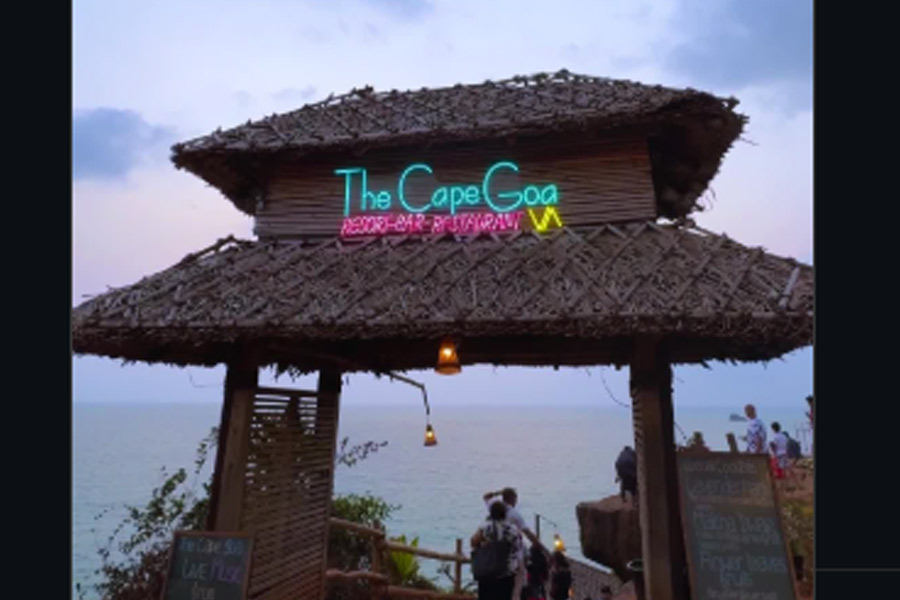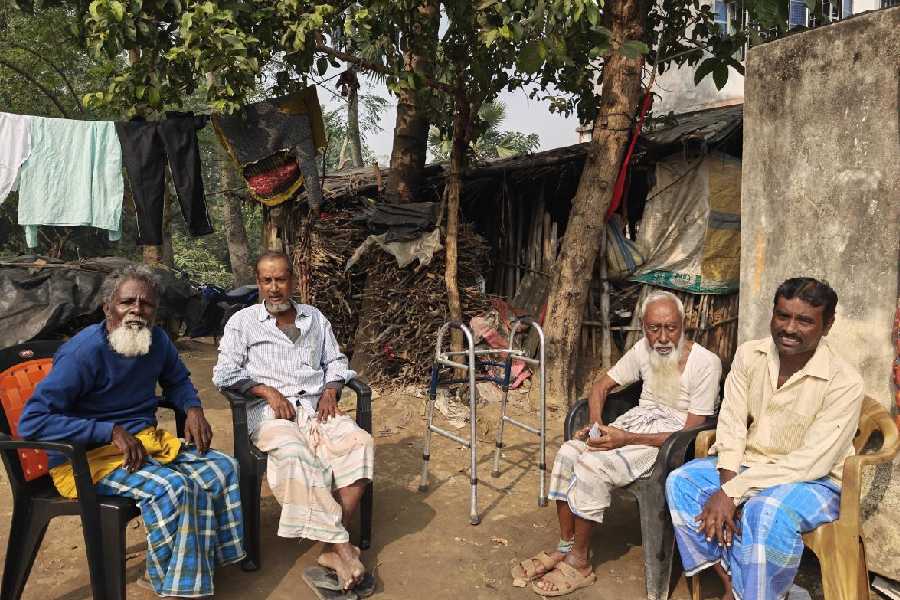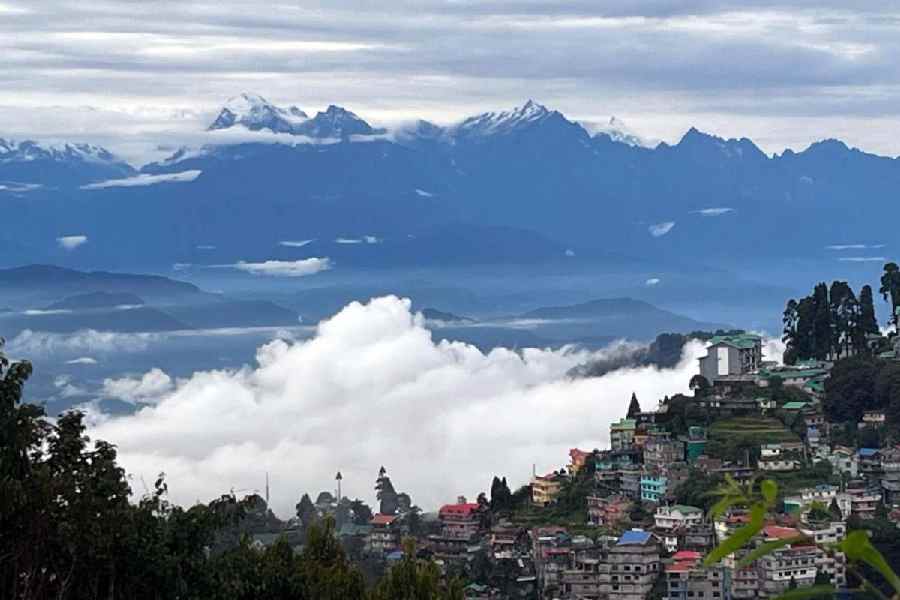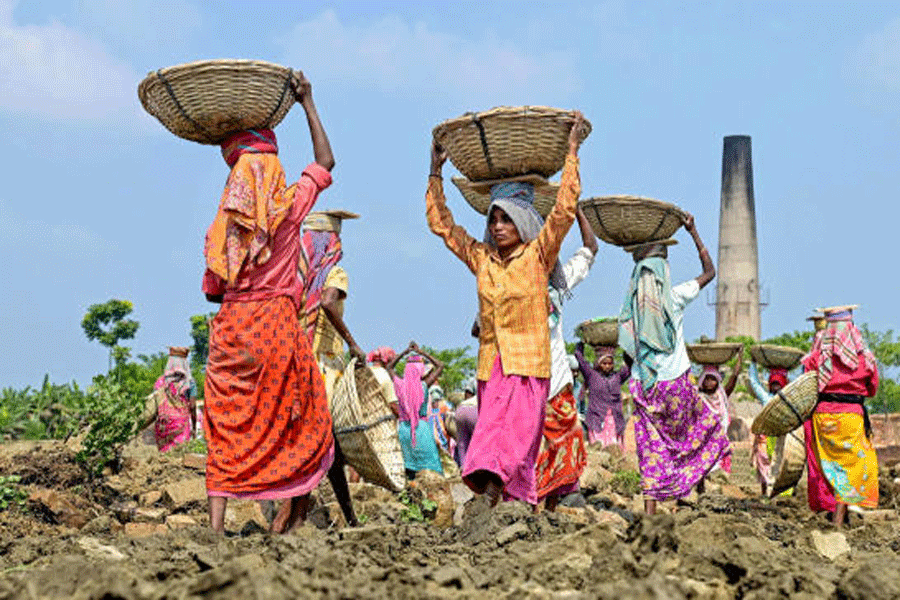 |
| Phase 1, Colombo South Port |
As I sat to have my breakfast in the Harbour Room of the Grand Oriental Hotel on the last day of my stay in Colombo, I noticed the ship that was being loaded with containers in the harbour below was ready to leave. Indeed, it did so within minutes of my taking a seat. My short stay in Colombo was made so much more enjoyable by the view of the harbour. I could see ships of all sizes coming and going all the time.
I understand that the port of Colombo is the busiest port in not only Sri Lanka but also South Asia. The port has undergone major improvements for handling the traffic, taking advantage of its strategic location. Already in the 1980s, it had the facility to handle container cargo which has been substantially expanded over time. An ambitious project has been launched, called the Colombo Port Expansion Project, which has completed its first phase. After all the phases of the project are completed, the resources of the port will be dramatically improved in terms of the infrastructure as well as the construction of terminals and related services.
This is in keeping with the economic profile of Sri Lanka. Its growth has been impressive. While the importance of traditional products, especially tea, continues, such areas as textiles, telecommunications and finance are attracting increasing attention. I understand that Sri Lanka was the first country in the region to introduce 3G and higher broadband connectivity. The ease with which a 3G SIM card could be bought at the Colombo airport and the manner in which it worked was indicative of the progress made in this sector. Tourism has expanded. The number has gone beyond 1.27 million visitors, and the target has been set for 2.5 million visitors by 2016.
While India, Pakistan, Bangladesh, and Nepal are listed as Stage 1 economies in the Global Competitiveness Report, 2012-13, of the World Economic Forum, Sri Lanka appears as a Stage 2 transition economy. Within the economies listed as belonging to this stage, Sri Lanka seems to be doing better than the average for these economies taken together on all but one indicator. In the United Nations Development Programme’s Human Development Report 2013, these are the ranks of the countries in the region: India (136), Pakistan (146), Bangladesh (146), Nepal (157), Bhutan (140), and Sri Lanka (92).
Colombo must be the cleanest city in South Asia. Not only are the roads properly maintained but also kept clean. I did not see any garbage anywhere in the city. Even crowded markets did not give the impression of squalor that is all too common in our cities. What is also very pleasing is the concern for architecture that is evident by the way some buildings have been designed or, rather, redesigned. The manner in which, for example, the Old Colombo Dutch Hospital has been transformed into a shopping and dining precinct is remarkable indeed. If what I have been told is right, the armed forces are being pressed into service for restoration work that is being done systematically, street by street.
I went to Colombo to attend Colomboscope 2014, a multi-disciplinary festival that brought together writers, academics, musicians, and dancers from the country and abroad. It was run well. I was particularly impressed by the manner in which discussions were moderated, mostly by young men and women. They appeared well educated, confident and focused, having done their homework properly. Seeing these efficient young men and women inside discussion rooms and clean roads outside these rooms made me appreciate yet again that Sri Lanka had done well to invest in education.
I understand Sri Lanka aims to become an international education hub by 2020. There are ambitious plans to attract foreign universities and upgrade local universities into world-class institutions. The idea is to offer cost-effective and quality education.
The Standard Chartered Bank was the title sponsor of Colomboscope this year. It was interesting to talk to Anirvan Ghosh Dastidar, CEO of the bank, and his wife, Sravasti Ghosh Dastidar, both of whom have lived in Colombo for some years now. They sounded very positive about the prospect of Sri Lanka progressing in all spheres. This assessment was conveyed by many persons I had the chance to talk with during my short visit.
Though this picture is positive and Sri Lanka can be considered a success story, it will not do to overlook the negative side of the story. Apart from further progress that needs to be made, especially in addressing rural poverty and regional imbalance, we need to consider the manner in which the island was torn by civil war. Officially, the war ended in May 2009 when the Sri Lankan armed forces defeated the Liberation Tigers of Tamil Eelam, popularly known as the Tamil Tigers. This was a long struggle that lasted for more than 25 years. About 1,00,000 people are believed to have been killed during this conflict. Much damage was done to the environment and the economy. Most damaging was the rift that was created between two major groups, the Sinhalese and the Tamils.
Both the government of Sri Lanka and the Tamil Tigers have come under criticism for grave violations of human rights. Further, we need to ask whether harassment and intimidation have ended. The plight of the Sri Lankan Tamils, people who have lived in the island from ancient times, deserves particular attention. They have been internally displaced and forced to migrate abroad.
What is the way ahead? The Lessons Learnt and Reconciliation Commission that was appointed in May 2010 has been criticized for its limited mandate and lack of independence. The time has come to consider that the price paid by a divided country is enormous. It does not leave any group unaffected. Can Sri Lanka afford to be torn by internal divisions when it has so much to gain by moving forward? A true reconciliation has to go beyond politics and aim at embracing one another other with open hearts.
Are the Sinhalese and Sri Lankan people all that different? In his book, Chinaman, Shehan Karunatilaka, a Sri Lankan writer who was present at the Colomboscope, raises the question: “Explain the difference between Sinhalese and Tamils.” He goes on to write: “I cannot. The truth is, whatever differences there may be, they are not large enough to burn down libraries, blow up banks, or send children into minefields. They are not significant enough to waste hundreds of months firing millions of bullets into thousands of bodies.”
It is recognized that both Sinhalese and Tamil politicians must accept blame for the civil war: Sinhalese politicians failed to offer an acceptable solution and Tamil politicians fanned separatism. In this madness, sane voices were lost. During my stay in Colombo, D.B.S. Jeyaraj wrote an article in the Daily Mirror on the occasion of the birth anniversary of Neelakandan Tiruchelvam, the eminent constitutional lawyer and the foremost intellectual of contemporary Tamil politics. He was assassinated by the LTTE on July 29, 1999. He chose to remain in Colombo, as Jeyaraj writes, in the pursuit of his vision of “a lasting political settlement where all communities, including that of his own, the Sri Lankan Tamils, coexisted with justice, dignity and peace”. As was to be expected, he was misunderstood by hardliners among the Sinhalese as well as the Tamil Tigers.
The time has to come to hear such voices again. The presence of such persons as Deshamanya Bradman Weerakoon, the respected Sri Lankan civil servant who talked with maturity and fairness of the pivotal moments in the recent past of his society during the festival, assures us that all is not lost. The time has come to take the words of the national anthem of Sri Lanka seriously. My last day in Sri Lanka happened to be February 4, 2014, when the independence day was being celebrated. I heard in the Harbour Room of the Grand Oriental Hotel, as I watched ships in the harbour, the national anthem being sung over the television. The last stanza, I thought, was so apt: “In wisdom and strength renewed,/ Ill-will, hatred, strife all ended,/ In love enfolded, a mighty nation/ Marching onward, all as one,/ Lead us, Mother, to fullest freedom.”










